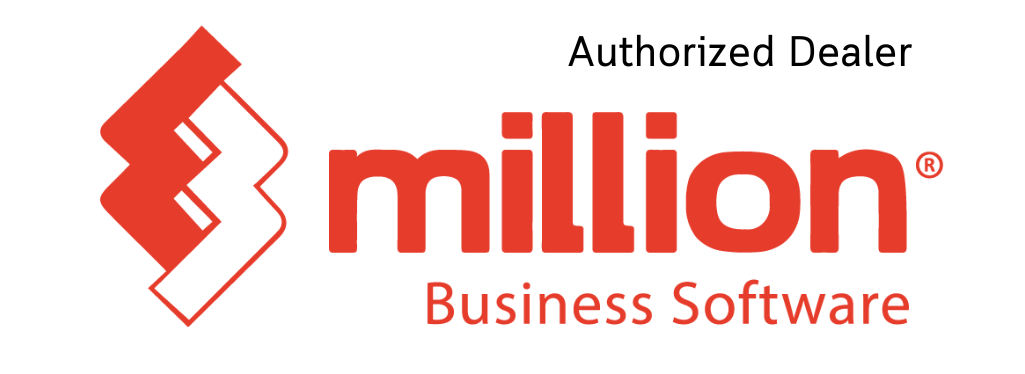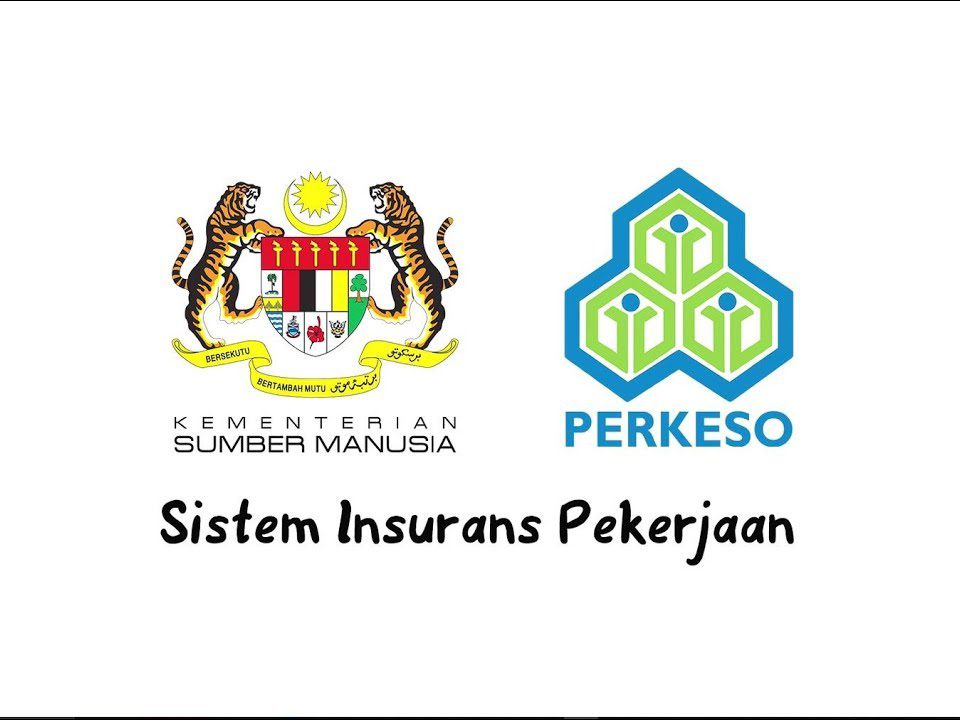Understanding e-Invoice and e-Invoicing
In today’s digital world, businesses are constantly looking for ways to improve their operations, be more efficient, and save money. E-invoicing, the electronic exchange of invoices between businesses, has emerged as a game-changer, offering numerous advantages over traditional paper invoices. However, the terms “e-invoice” and “e-invoicing” are often used interchangeably, leading to confusion. Let’s break down the differences between these two terms and make it easy to understand.
Learn more about e-invoice like know about implementation time and so on click here
What is an e-Invoice?
Imagine an e-invoice as a digital version of your paper invoice. It’s essentially the same information – supplier details, buyer details, product or service description, quantity, price, and payment terms – but in an electronic format. There’s no need to print, mail, or store physical copies.
What is e-Invoicing?
E-invoicing goes beyond just having an e-invoice. It’s the entire process of electronically managing invoices, from creation and sending to receiving and processing. It involves using standard formats, like UBL (Universal Business Language) or PEPPOL (Pan-European Public Procurement OnLine), to make sure all invoices look the same and have the same information. This standardization allows computers to easily read and understand invoices, so information can be shared between different systems without any problems.
Key Differences between e-Invoice and e-Invoicing
While the terms are closely related, there are some key differences:
Scope:
An e-invoice is the actual electronic document, while e-invoicing is the entire process of managing invoices electronically.
Focus:
An e-invoice focuses on the content and format of the invoice, while e-invoicing emphasizes the electronic exchange and processing of invoices.
Technology:
An e-invoice can be created in various ways, including email, PDF, or special software. However, e-invoicing typically relies on standardized formats like UBL or PEPPOL for seamless data exchange.
Benefits of e-Invoicing
E-invoicing offers a range of advantages over traditional paper invoicing:
Reduced costs:
No need to print, mail, or store physical invoices.
Faster processing:
Automated invoice processing leads to quicker payment cycles.
Improved accuracy:
Less risk of data entry errors and greater invoice accuracy.
Enhanced data security:
Sensitive financial data is protected through encryption and secure storage.
Environmental benefits:
Conserves resources and reduces environmental impact by minimizing paper use.
Conclusion
E-invoices and e-invoicing are crucial components of digital transformation for businesses. E-invoices streamline invoice generation and exchange, while e-invoicing facilitates automated processing and data exchange. By embracing e-invoicing, businesses can achieve significant cost savings, efficiency gains, improved accuracy, enhanced security, and greater environmental sustainability. As the world moves towards a more digital future, e-invoicing is set to revolutionize the way businesses conduct transactions.




